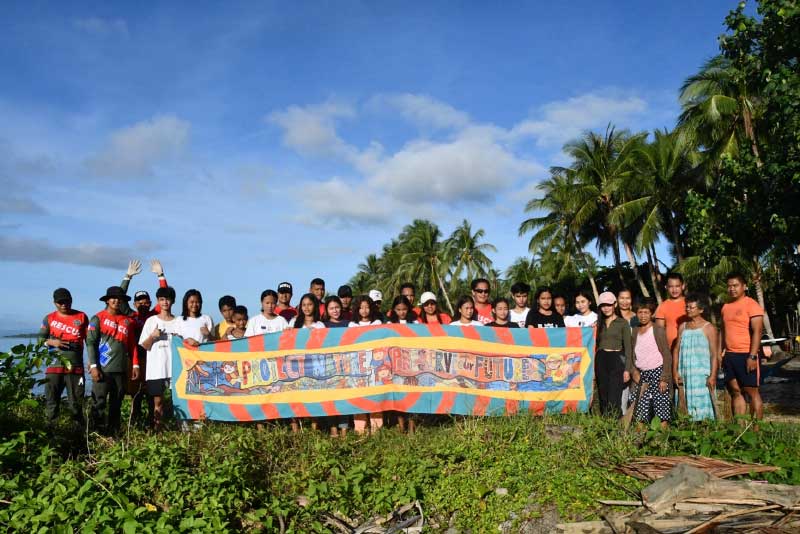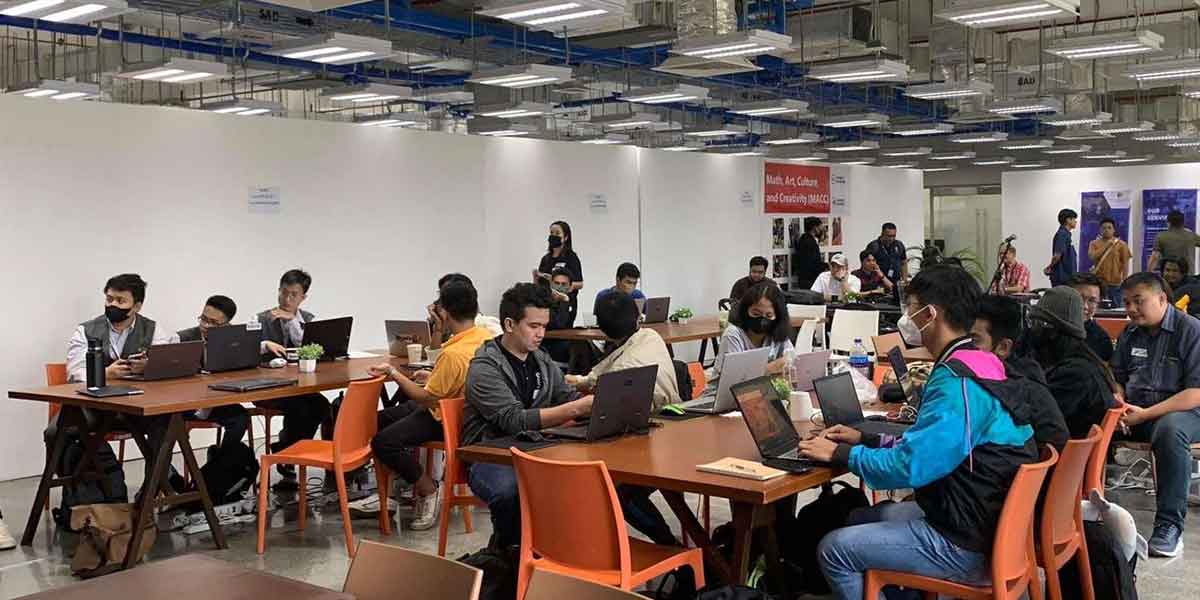
Save the Children Philippines is deeply concerned for the safety and welfare of children from 5.6 million low-income households1 who are exposed to various risks and hazards from disasters and emergencies as the country braces for 15 cyclones this year.2
With the Philippines ranking first in the 2022 World Risk Index with the highest risk of disasters in the world, families living in poverty have less protection from the impacts of climate disasters and have less support and resources to adapt to climate-related change.
During climate emergencies, many affected families find it hard to send their children to school or even access healthcare. Children suffer the most because they look for work to help augment their daily needs. Filipino girls are at greater risk of being abused, neglected, exploited, or subjected to child marriage.
“No child deserves to grow up in poverty and an unsafe environment. But the reality is grim. Millions of Filipino children remain poor due to inequality and discrimination, and their situation is exacerbated by the climate crisis. Many of them lack access to basic services on health, education, proper nutrition, or adequate housing. Hence, our work for and with children also focuses on building the resilience of children and families from the negative impacts of the climate and inequality crises,” said Save the Children Philippines CEO Atty. Albert Muyot.

To help address the issue, Save the Children Philippines’ child-led “Generation Hope Campaign” is asking the government and concerned sectors to prioritize actions that would contribute to a safer, fairer, and healthy environment for children.
“We demand child-centered climate change mitigation and adaptation plans. Let us save the planet to save the children,” said Jan, 17, a Generation Hope youth advocate.
In celebration of World Environment Day, GH youth and children advocates in Eastern Samar program areas will hold a symbolic paper boat activity this week. The paper boat contains letters appealing for local and national leaders to adopt and implement environmental policies that protect their futures.
In partnership with the Department of Education, Save the Children Philippines also deployed a holistic
Disaster Risk Reduction Management Information System which implements the Comprehensive School Safety Ecosystem in the country. The system safeguards schools and communities and ensures uninterrupted learning during disasters or other emergencies.
“Without urgent and concrete actions to mitigate the negative impact of climate change and support for the most vulnerable families, we are at a setback in fulfilling children’s right to survive, learn, be protected, and thrive,” said Save the Children Philippines Environmental Health Advisor Rexel Abrigo.
Save the Children’s Born into the Climate Crisis report revealed that children born in 2020 in the Philippines will live through 4.9 times more scorching heatwaves, 2.3 times more river floods, 1.2 times more droughts and 1.5 times more crop failures than their grandparents or people born 60 years ago.
A study titled Generation Hope: 2.4 billion reasons to end the global climate and inequality crisis, found that an estimated 774 million children – one third of the world’s child population, including the Philippines – are living with the dual risks of poverty and high climate risk.
- Department of Social Welfare and Development (DSWD) data on the Third Round of Nationwide Household Assessment (Listahanan 3 Survey) in 2022 where 5.6 million families x 6 persons (average Filipino family size) = around 33+ Million Filipinos, including children, living in perennial poverty.
- Daguno-Beramina, K. (2023, June 3). Philippines may have up to 15 cyclones until October, PAGASA says. Philstar.com. https://www.philstar.com/headlines/2023/06/03/2271200/philippines-may-have-15-cyclones-until-october-pagasasays#:~:text=MANILA%2C%20Philippines%20%E2%80%94%20Around%2010%20to,Services%20Administration%20reported%20on%20 Saturday.



















